American-born Lyonel Feininger (1871-1956) was an illustrator and cartoonist active in Germany who in 1907 gave up his commercial work and rose to prominence as an artist who exhibited with the expressionists. Much of his formal work was heavily influenced by cubism, to which he was exposed in Paris in 1911. His resulting “prismatic” style was applied most frequently to architectural subjects—in 1919, Walter Gropius chose Feininger as his first appointment to the teaching staff of the Weimar Bauhaus—but also to figures and seascapes. Though best known for his drawings and watercolors, Feininger took up photography at the age of 57, going out at night to experiment with avant-garde photographic techniques. A selection of his rarely seen photographs, along with drawings and watercolors, will be on display from March 30 to June 2 at the Sackler Museum, and an online collection of his photographic works is accessible at www.harvardartmuseums.org/feiningerphotographs.
Lyonel Feininger, Photographer
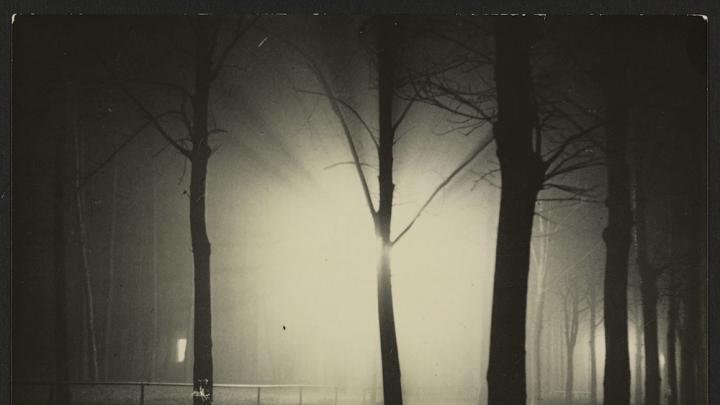
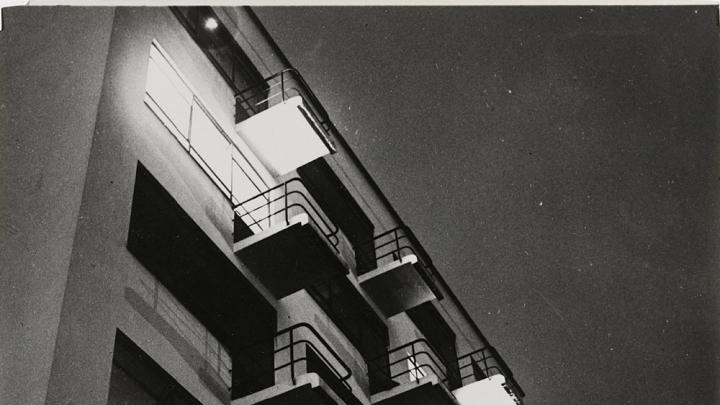
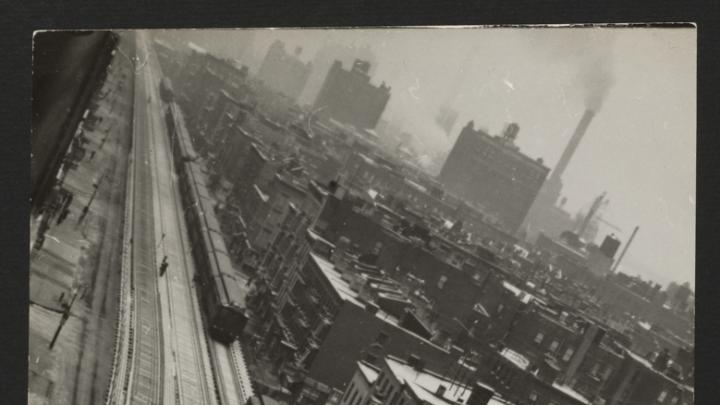
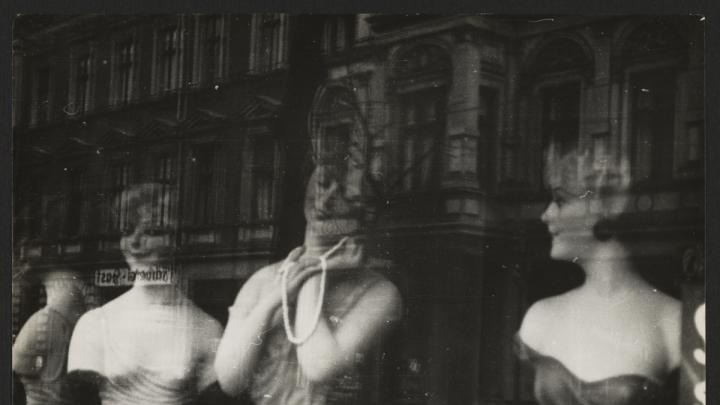
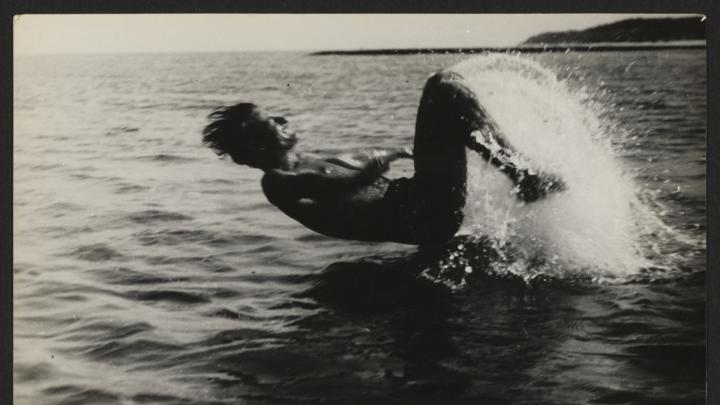
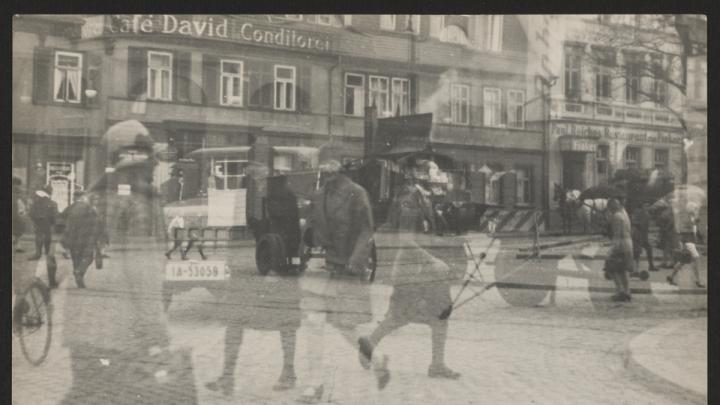
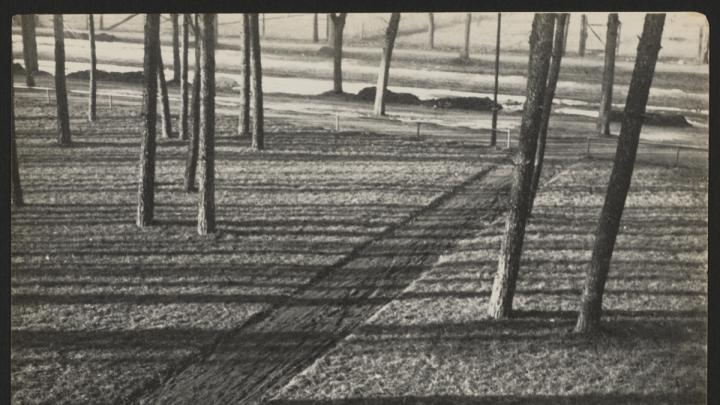
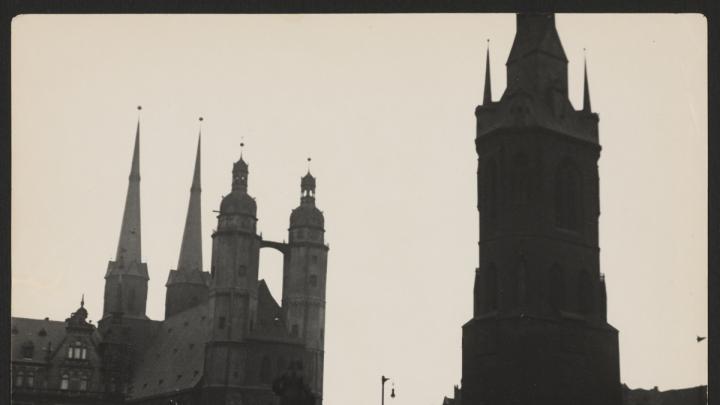

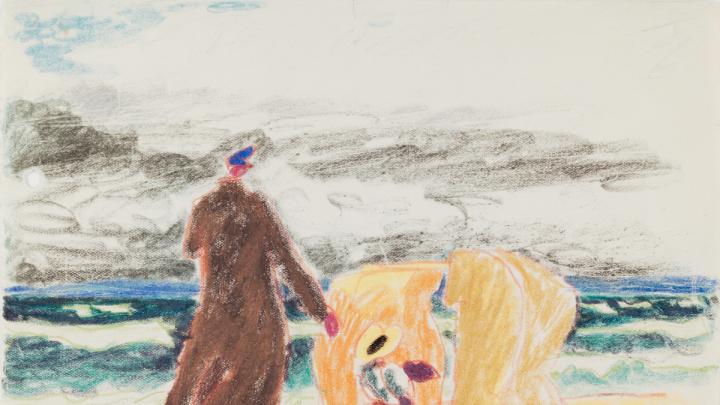
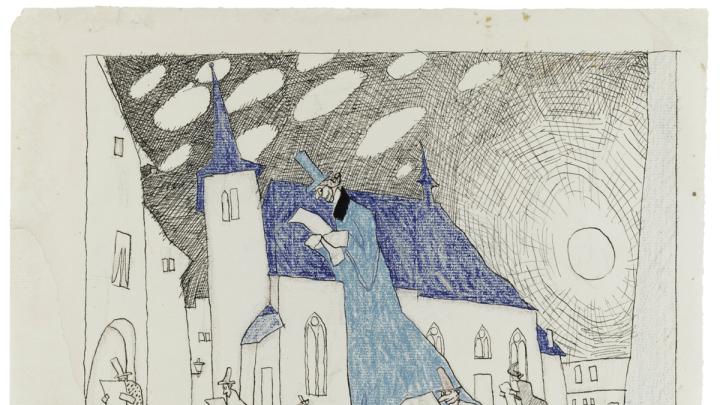

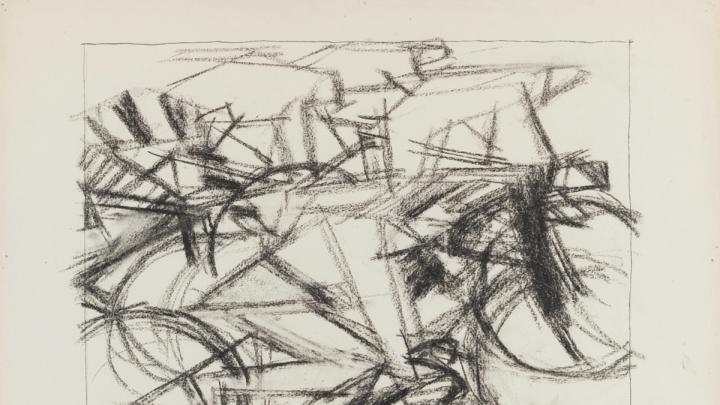
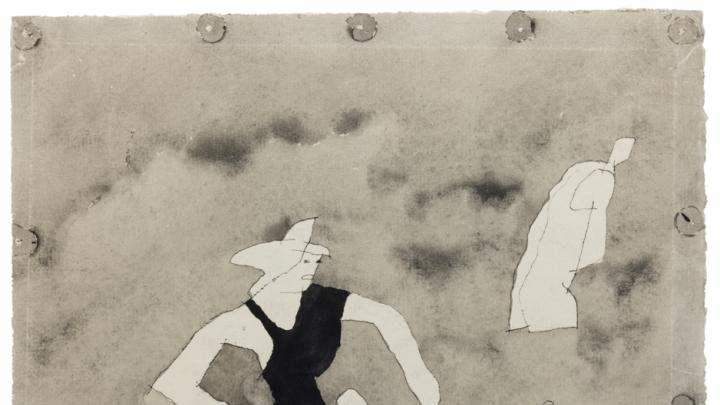
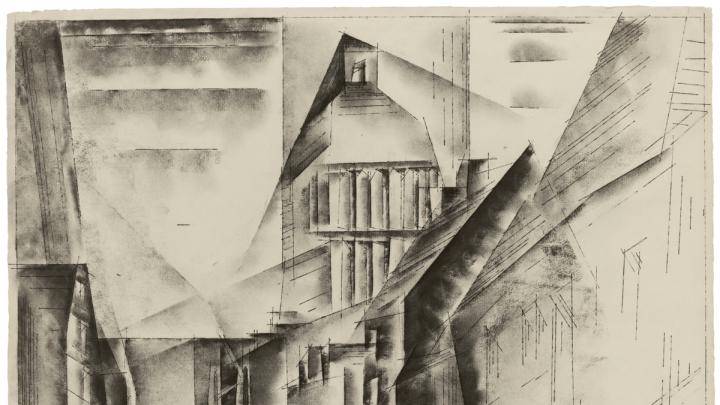
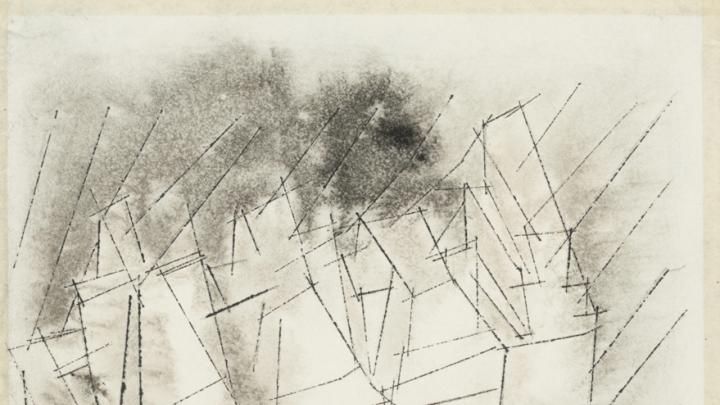
You might also like
Historic Humor
University Archives to preserve Harvard Lampoon materials
Academia’s Absence from Homelessness
“The lack of dedicated research funding in this area is a major, major problem.”
The Enterprise Research Campus, Part Two
Tishman Speyer signals readiness to pursue approval for second phase of commercial development.
Most popular
More to explore
Exploring Political Tribalism and American Politics
Mina Cikara explores how political tribalism feeds the American bipartisan divide.
Private Equity in Medicine and the Quality of Care
Hundreds of U.S. hospitals are owned by private equity firms—does monetizing medicine affect the quality of care?
Construction on Commercial Enterprise Research Campus in Allston
Construction on Harvard’s commercial enterprise research campus and new theater in Allston








